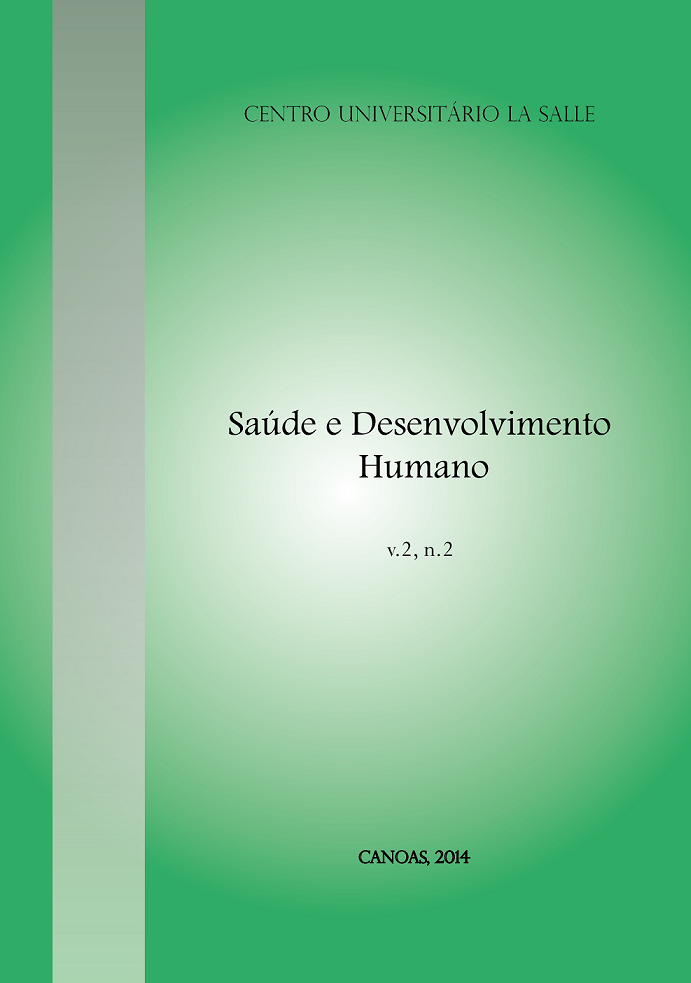Coping strategies in a competitive situation: A comparative study, using an elite wheelchair fencing group
DOI:
https://doi.org/10.18316/1894Palabras clave:
behavior, adaptive, athletic performance, psychological stress, wheelchair (fencing), psychology, sportsResumen
This study explores statistical differences between eight Coping Strategies in a competitive situation (Revaluation, Self-control, Social-Support, Direct Action, Aggressive Action, Denial, Distraction, Action Inhibition) and two Coping Dimensions (Engagement and Disengagement), according to control variables: Gender, Practicing Time, Application Moment (Before and After Competition). The best six wheelchair fencing athletes (Brazilian team), both sexes, between 18 and 31 years old, responded to the Balbinotti Coping Strategy Inventory for Athletes in a Competitive Situation (iB.ECASC-40). The main results indicate differences (p < .05) between means before competition (1) of Direct Action and Denial, controlling by Gender; (2) of Revaluation and Engagement, controlling by Practicing Time Variable. Furthermore, belonging to determined gender doesn’t set different profiles of coping strategies in this specific modality. Main conclusion: Brazilian top athletes in this modality use statistically the same (p > .05) main Coping Strategies before and after a competition, denoting a certain stability of this personality characteristic. Further studies with larger samples and other sports can offer other important findings related to Coping Strategies in competitive situation.Descargas
Publicado
2014-12-05
Número
Sección
Artigos Originais
Licencia
Los autores que presenten sus manuscritos para su publicación en esta revista están de acuerdo con los siguientes términos:
Autores conservan los derechos de autor y conceden el derecho de diario de la primera publicación de la obra a la vez bajo una Licencia Creative Commons Reconocimiento-que permite compartir el trabajo con el reconocimiento de su publicación inicial en esta revista.
En virtud de los artículos que aparecen en esta revista de acceso abierto, los artículos son de uso gratuito, con la debida atribución, en el educativo y no comercial.


